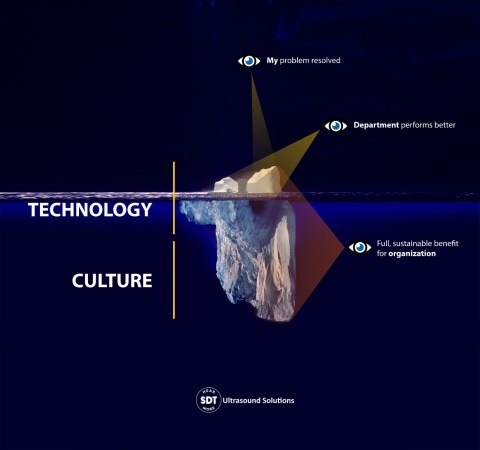The Big Picture
I was taught by people much more clever than me not to pay attention to features, but look out for benefits. Not only me but entire team I belong to has the same mindset. Real journey that everyone in industry should take when considering changes or improvements through technology & culture is defining benefits and evaluating them. Final step of that journey, and probably most painful, is justifying bright, shiny and attractive features against benefits. No one likes to do that, we are all just like kids, fascinated by “look what it can do”. It’s human to be this way… some might even call it “normal”.
We can easily identify two possible outcomes of being fascinated by features;
1. Having .. and using for brief period, something that brings no real benefit
In this case, there are no benefits at all. It is very similar to impulse shopping. It works for many manufacturers driven by pure sales results instead of delivered benefits. But again, it’s just human, that is how world works for those who seek sudden, short-term adrenaline boost. Luckily, I have no experience with this from any perspective (neither as a solution provider, nor a consumer)
2. Being blinded by some excellent features so much that journey towards real, long term benefits actually stops right there
This one is really interesting. It happens when “patient” (any industrial organization) suffers from certain acute problem that is usually trivial and should have been resolved long ago (normally, those trivial problems are causing huge financial losses). Looking at the whole through prism of acute problems causes shortsightedness. It also causes sudden adrenaline rush because the acute problem is resolved in matter of hours with very small investment of time and money. Difference between this situation and first case is that there are benefits; discovered and evaluated. Low fruit is there, so let’s just stand over there and look happy.
That is the problem!
Being momentarily happy and self-satisfied stops the journey. Many people experienced this during their Root cause analysis process. Stop at certain point because result looks nice.
Discovered benefits at this point are only tip of the iceberg. Obviously, it depends on where you stand and look at it. Standing too close gives very small angle and only acute problems are visible. As a result, it works as a band aid on cancer, not very well at all. Stepping away gives much wider angle where all systemic shortcomings (potential benefits) are clear. This is often recognized through reactions and comments like;
“this feature really resolves my problem”, “this way we perform better” and “this affects everything and everyone”.
You can clearly recognize the decision making level of each person giving those comments. From execution level, through departmental level, to high management level. All three levels are, beyond any doubt, equally important. Still, depending on which comment is actual driver of decision and implementation, you will have a tool, routine or strategy.





